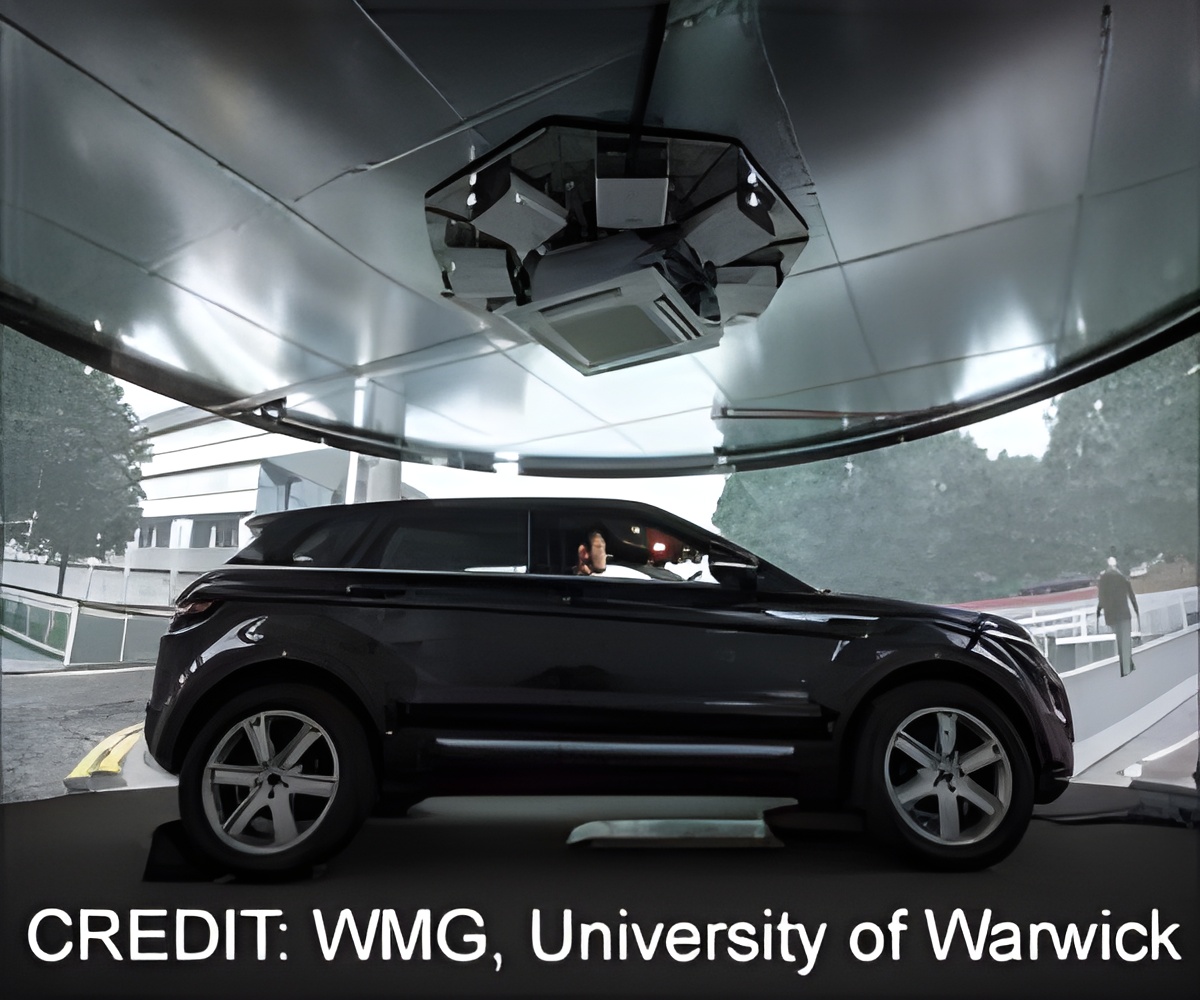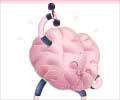Visuospatial training exercises train the brain to reduce motion sickness, said a new study.

‘By using visuospatial training you can essentially train the brain to reduce motion sickness by over 50%.’





Study participants went in either the WMG 3xD simulator for a driving simulator trial, or on an on-road trial where they were driven around as passengers, imitating what it would be like to be in an autonomous vehicle. During their initial ride, baseline motion sickness was first measured using a questionnaire. To capture 'real-time' symptoms, a fast motion sickness scale was used to rate their sickness every minute on a scale of 0-20, considering nausea, discomfort, and stomach problems.
After their first run, participants completed various pen-and-paper visuospatial training tasks. After the training period, participants took part in another motion sickness assessment, and results revealed motion sickness reduced by 51% in the driving simulator and 58% in the on-road trial.
Dr Joseph Smyth, from WMG, University of Warwick comments:
"Being able to reduce an individual's personal susceptibility to motion-sickness using simple 'brain training style' tasks training is a massive step-forward in the development of future transport systems, including autonomous vehicles. Human factors research is all about how we can design products and services that are pleasurable. Motion sickness has, for a long time, been a significant limitation to many peoples transport options and this research has shown a new method for how we can address this."
Advertisement
"Making our future autonomous vehicles as user friendly as possible is key, and motion sickness is something we knew we needed to research as so many people experience it even now as a passenger."The research done by WMG has shown that motion sickness can be reduced, and we can incorporate the research into our future vehicle design process."
Advertisement
Source-Medindia















